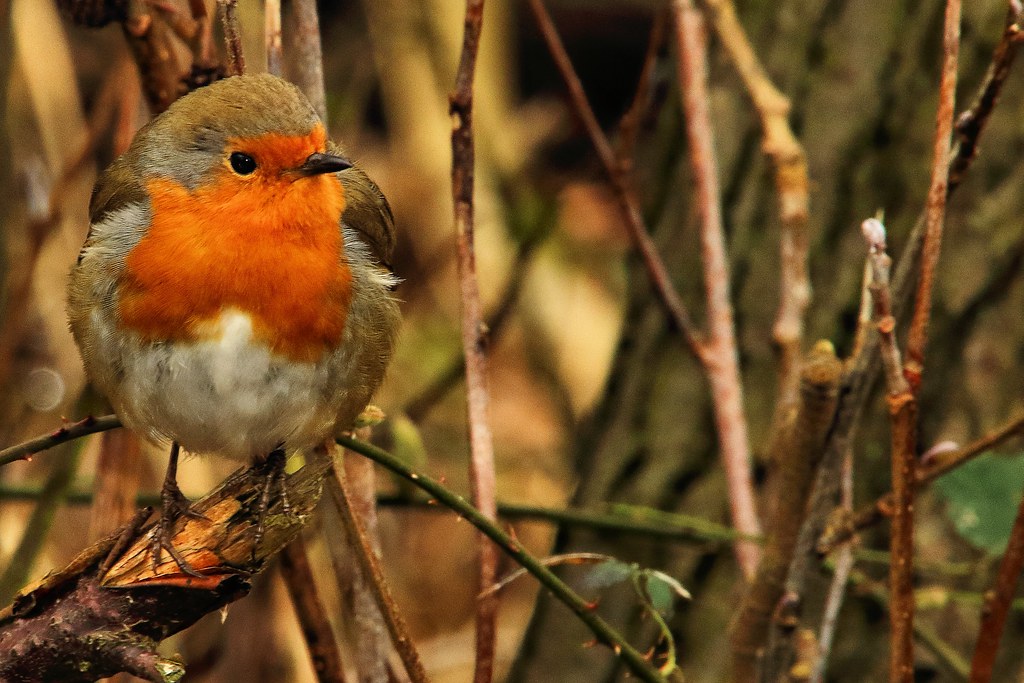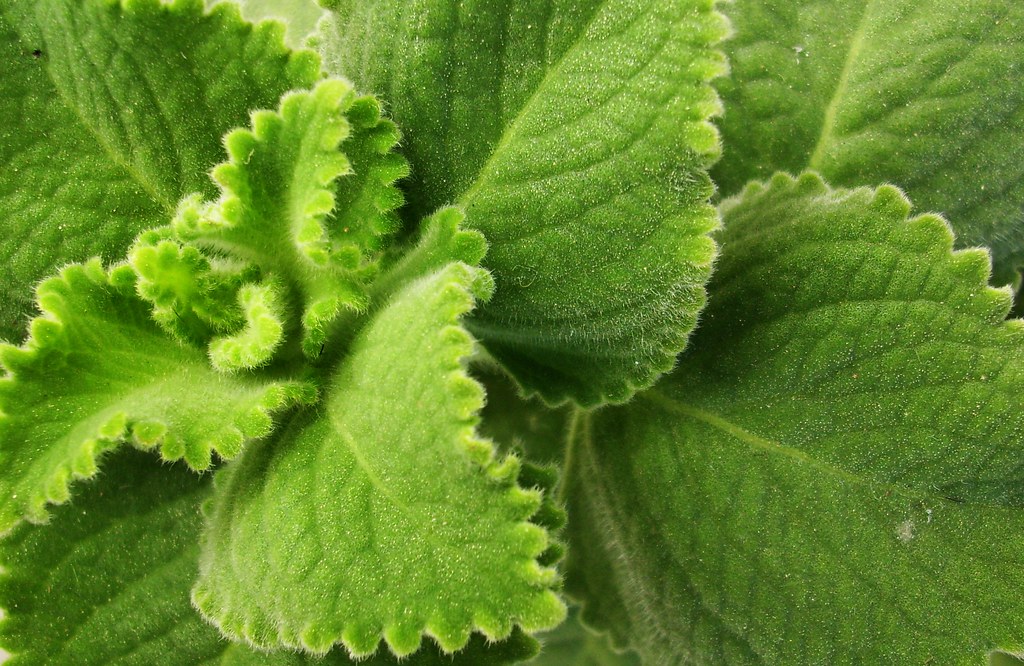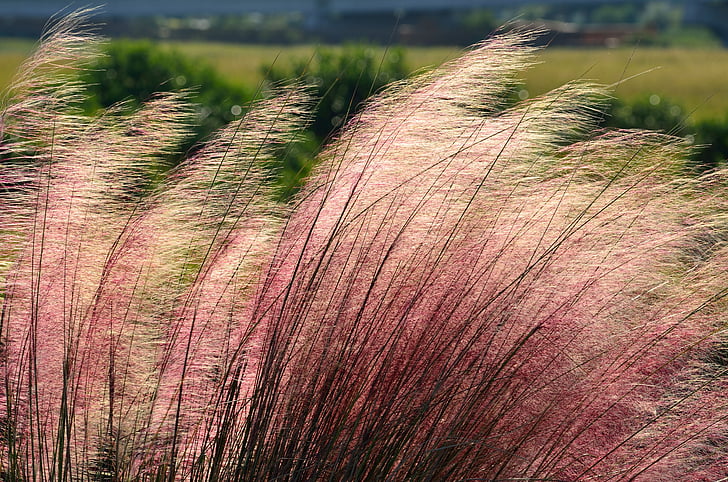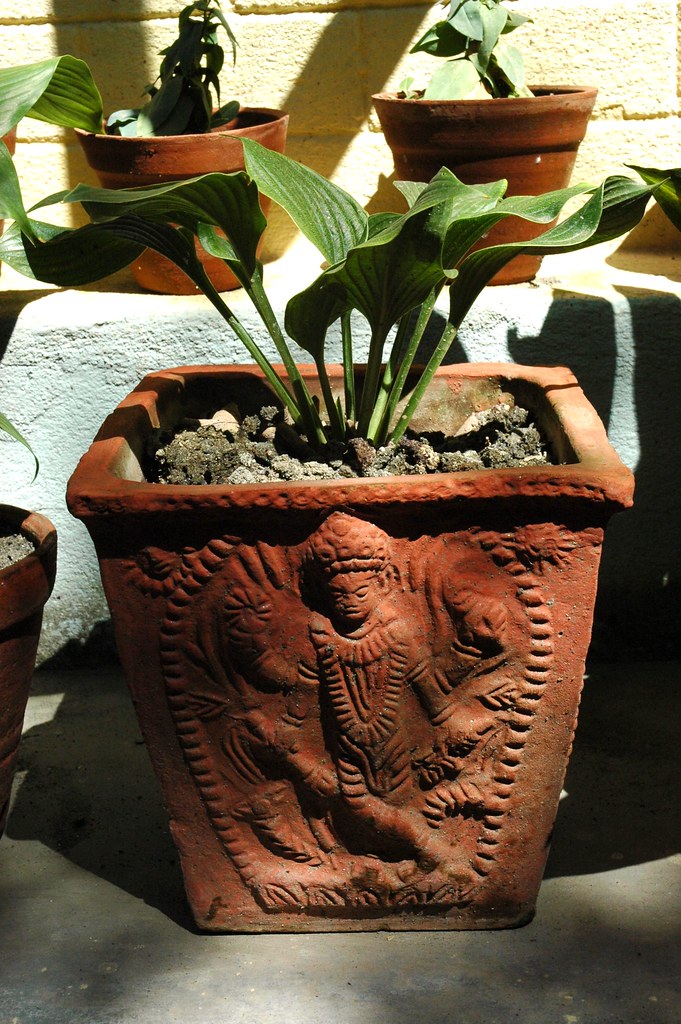Have you ever been elbow-deep in garden soil, only to find a pair of beady eyes fixated on you from the fence post? If you’re nodding along, you’re not alone. Robins, those red-breasted heralds of spring, seem to have a knack for keeping company with us humans, especially when there’s a promise of unearthed treats in the garden. It’s a phenomenon that many of us have observed, but what’s really going on in those feathered heads?
Let’s set the scene: you’re out in the garden, the sun is shining, and the earth is just begging to be turned over. As you start digging, you notice a flutter of wings and the soft landing of a robin nearby. It’s not just coincidence; these birds are savvy. They’ve learned that where there’s digging, there’s a buffet of worms and insects ripe for the picking. It’s like ringing the dinner bell in robin-speak.
But it’s not just in the garden where these birds make their presence known. For about two weeks, every morning on my way to school, I’ve been greeted by a chorus of robins. Thousands of them, chirping away in the trees, flying back and forth in what seems like a well-rehearsed aerial ballet. It’s a breathtaking sight, one that makes you wish for a camera – and perhaps a bit more dexterity to capture the moment while driving. But let’s not try that at home, shall we?
On the ground, robins are the epitome of charm. They hop around with a sort of earnestness that’s hard to ignore. While gardening, I’ve had to gently shoo them away from my freshly turned soil, as they’re all too eager to dive in for a wormy feast. It’s a delicate dance of coexistence, where I’m trying not to disturb their dining while also protecting my plants.

However, up in the trees, it’s a different story. The robins seem almost frantic, unsettled even. It’s as if the close quarters of the branches are too much for their solitary nature. Unlike the purple martins, who are quite the apartment dwellers, robins appear to prefer their own space. They land only to take off again, as if the very act of perching is an uncomfortable necessity.
This behavior has caught the attention of many, including the Audubon Society, which has its own take on how to protect these migratory marvels. Their solution? A tongue-in-cheek suggestion to reduce the human population. It’s a drastic measure for sure, but it highlights the challenges faced by our feathered friends. And with their numbers reportedly dwindling, it’s a call to action for all of us who enjoy their company.
These birds seem to have a sixth sense when it comes to human activity. They watch us, they follow us, and they seem to know our routines better than we do. It begs the question: do robins recognize us as individuals?
The answer is a resounding yes! Robins are quite the observers. They take note of our movements, our habits, and even our facial features. It’s not just about being in the right place at the right time; it’s about knowing who will be in that place and when. And it’s not just robins; other birds like magpies, crows, and mockingbirds are also keenly aware of their human neighbors.
Robins are opportunistic feeders. They’ve learned that following larger animals – or humans, in this case – can lead to a feast. Whether it’s a freshly dug garden bed or a picnic in the park, these birds are on the lookout for an easy meal. And if they see you as a friend rather than a foe, they’ll stick around, hoping for a share of the bounty.

Next time you’re out in the garden or taking a stroll through the park, keep an eye out for those robins. They’re not just casual bystanders; they’re active participants in the dance of nature. And who knows, with a bit of patience and some bird-friendly practices, you might just make a few feathered friends.
Diving into the second part of our exploration of the human-robin relationship, we find ourselves pondering the depth of this connection. It’s not just about the birds following us for the promise of a meal; it’s about a mutual recognition that goes beyond the superficial.
The idea that robins can recognize individual humans might sound like something out of a whimsical tale, but it’s grounded in reality. These birds are not just passive observers in our lives; they’re actively engaging with us, learning our patterns, and even our facial features. It’s a testament to their intelligence and adaptability.
When you think about it, it’s quite flattering to have a robin recognize you. It means you’ve made an impression on the natural world, a sign that you’re living in harmony with the creatures around you. This recognition isn’t just a one-way street; it’s a dialogue between species, a silent understanding that we’re all part of the same ecosystem.
They’ve learned that humans can inadvertently lead them to food, whether it’s by digging up a garden or leaving out scraps. This behavior is not unique to robins; many animals have learned to live alongside humans and take advantage of the opportunities we present.
Encouraging robins into your garden is a delightful way to foster this connection. By leaving out food, turning over soil, planting berries, and setting up nesting boxes, you’re not just providing for these birds; you’re inviting them into your life. It’s a gesture that says, ‘You’re welcome here,’ and it’s one that robins are quick to accept.
But it’s not just about what we can do for the robins; it’s also about what they do for us. Having robins around is a joy, a reminder of the beauty and resilience of nature. They bring a sense of peace and a touch of the wild to our manicured gardens and urban landscapes.
As we look out for robins, we must also consider their well-being. With their numbers reportedly dwindling, it’s up to us to ensure that they have the habitats and resources they need to thrive. It’s a responsibility we share, a commitment to preserving the delicate balance of our shared environment.
The relationship between humans and robins is a complex and beautiful one. It’s a relationship built on mutual benefit, recognition, and respect. So next time a robin follows you around the garden, take a moment to appreciate the connection you’ve forged with this charming little bird. It’s a small but significant reminder that we’re all part of a larger community, one that spans species and transcends the boundaries of our backyards.
Related posts:
Do Robins Recognise Humans?
What Does a Robin Following You Mean? — Tony Bedford is⠀



